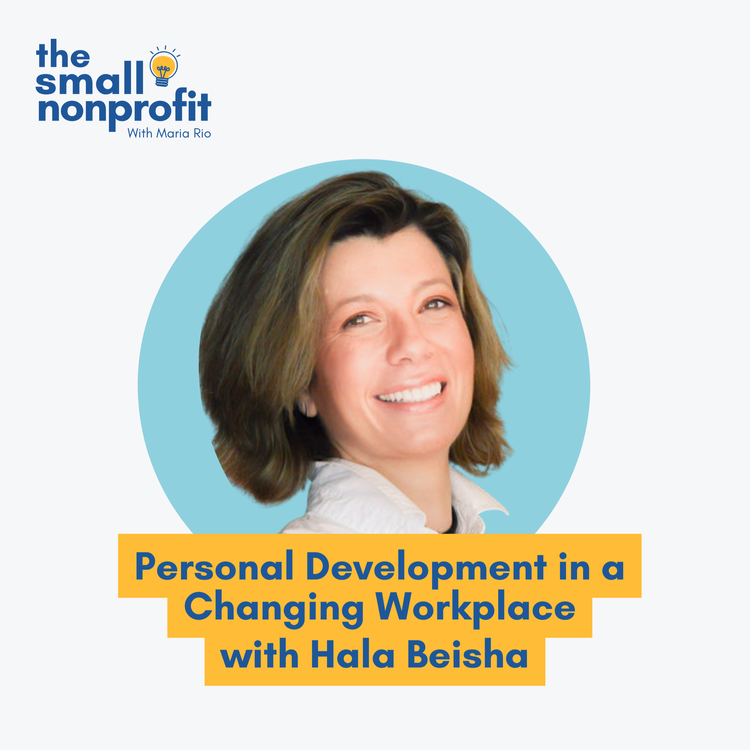
Leadership Insights to Help You Achieve Excellence
Articles
Inclusive Leadership: A Strategic Competitive Advantage
Now, more than ever, there is value in leveraging teams of diverse backgrounds, ages, experiences, genders, and viewpoints. As the world continues to grapple with rapid change, there is an acknowledgment that, for many complex problems, what used to work is not likely to work in the future. There has never been…
Three Essential Traits for Leaders in Turbulent Times
As a futurist and performance coach and strategist, people often ask me what qualities make a great leader. I’m fortunate to work with hundreds of established and emerging leaders every day. They come from fields spanning tech to construction and everything in between. This work has given me a number of unique…
The Changing World of Work: the Importance of Agency and Autonomy
This write up looks at the importance of agency and autonomy in the workplace and builds on the findings that focus on the importance of trust in the workplace. These two concepts are intertwined, as each of us needs to feel a sense of agency as it relates to career direction and life in general.
Image credit: Roman Kraft
Podcast Episodes
Career Development: How to Have a Positive, Life-Long Learning Perspective
In the era of Artificial Intelligence and automation, Hala Beisha discusses the adaptive requirements individuals need to be successful in the modern work environment. Hala explains how to have a positive, life-long learning perspective when it comes to career development and offers new ways to integrate knowledge in order to contribute to corporate decision making.
Personal Development in Changing Worksplace
There are so many trends impacting the working world as we know it. Hala Beisha, principal and founder of Resilience Factor and certified Leadership and Executive Coach accredited by the International Coach Federation, reveals findings from her study that can help prepare you and your team to become more agile in the workplace and to grow and adapt to the changing work environment.
Listen up.
Take a listen to Spotify podcasts on the future of work with Hala Beisha on the Global Campfire of Coaching.





